William Thompson
Complex contagions can outperform simple contagions for network reconstruction with dense networks or saturated dynamics
Apr 30, 2024Abstract:Network scientists often use complex dynamic processes to describe network contagions, but tools for fitting contagion models typically assume simple dynamics. Here, we address this gap by developing a nonparametric method to reconstruct a network and dynamics from a series of node states, using a model that breaks the dichotomy between simple pairwise and complex neighborhood-based contagions. We then show that a network is more easily reconstructed when observed through the lens of complex contagions if it is dense or the dynamic saturates, and that simple contagions are better otherwise.
Satellite-based high-resolution maps of cocoa planted area for Côte d'Ivoire and Ghana
Jun 13, 2022
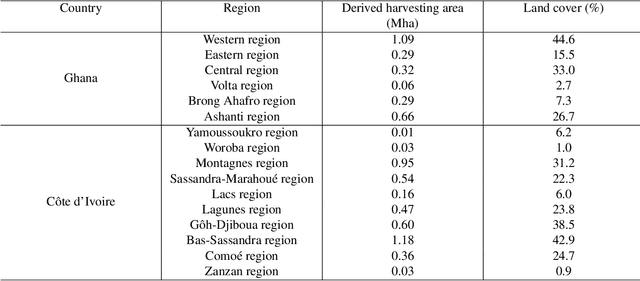
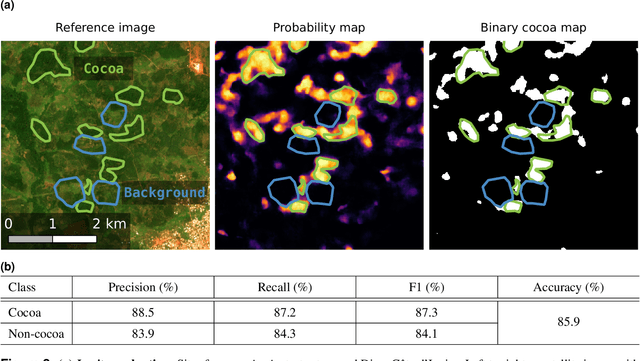
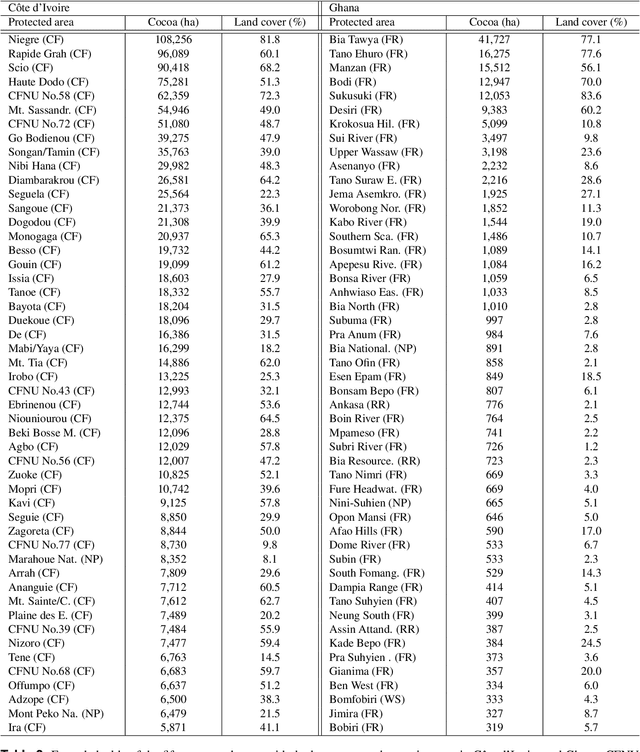
Abstract:C\^ote d'Ivoire and Ghana, the world's largest producers of cocoa, account for two thirds of the global cocoa production. In both countries, cocoa is the primary perennial crop, providing income to almost two million farmers. Yet precise maps of cocoa planted area are missing, hindering accurate quantification of expansion in protected areas, production and yields, and limiting information available for improved sustainability governance. Here, we combine cocoa plantation data with publicly available satellite imagery in a deep learning framework and create high-resolution maps of cocoa plantations for both countries, validated in situ. Our results suggest that cocoa cultivation is an underlying driver of over 37% and 13% of forest loss in protected areas in C\^ote d'Ivoire and Ghana, respectively, and that official reports substantially underestimate the planted area, up to 40% in Ghana. These maps serve as a crucial building block to advance understanding of conservation and economic development in cocoa producing regions.
Standing on the Shoulders of Giants: AI-driven Calibration of Localisation Technologies
May 30, 2019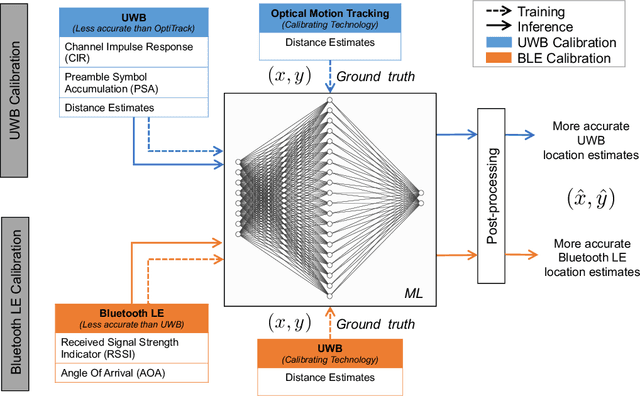
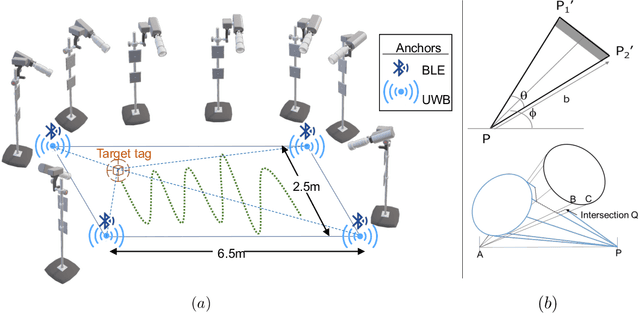
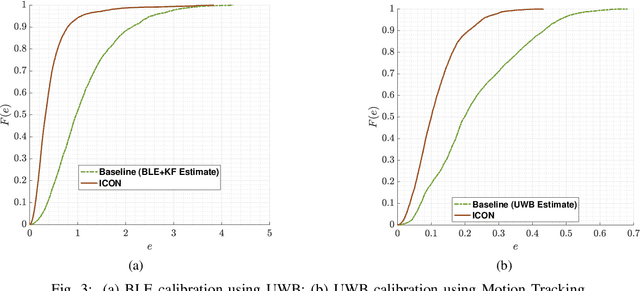

Abstract:High accuracy localisation technologies exist but are prohibitively expensive to deploy for large indoor spaces such as warehouses, factories, and supermarkets to track assets and people. However, these technologies can be used to lend their highly accurate localisation capabilities to low-cost, commodity, and less-accurate technologies. In this paper, we bridge this link by proposing a technology-agnostic calibration framework based on artificial intelligence to assist such low-cost technologies through highly accurate localisation systems. A single-layer neural network is used to calibrate less accurate technology using more accurate one such as BLE using UWB and UWB using a professional motion tracking system. On a real indoor testbed, we demonstrate an increase in accuracy of approximately 70% for BLE and 50% for UWB. Not only the proposed approach requires a very short measurement campaign, the low complexity of the single-layer neural network also makes it ideal for deployment on constrained devices typically for localisation purposes.
 Add to Chrome
Add to Chrome Add to Firefox
Add to Firefox Add to Edge
Add to Edge